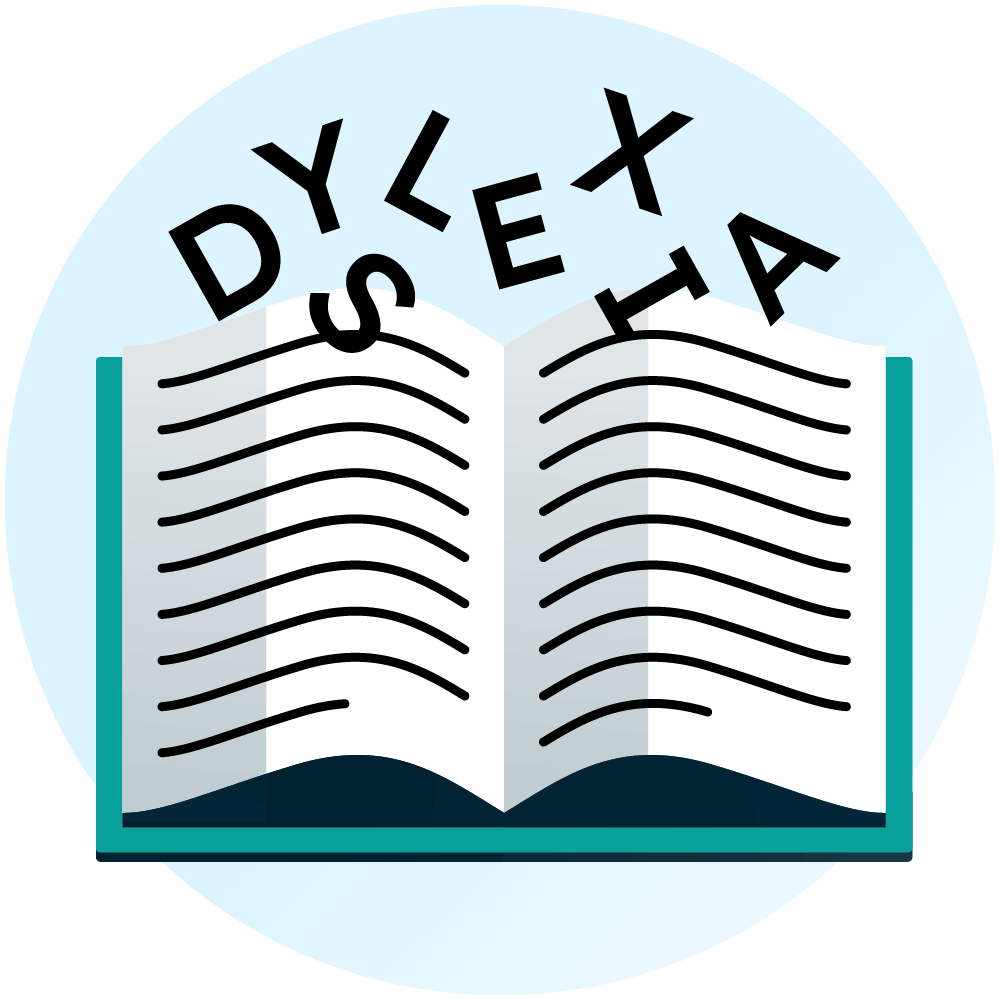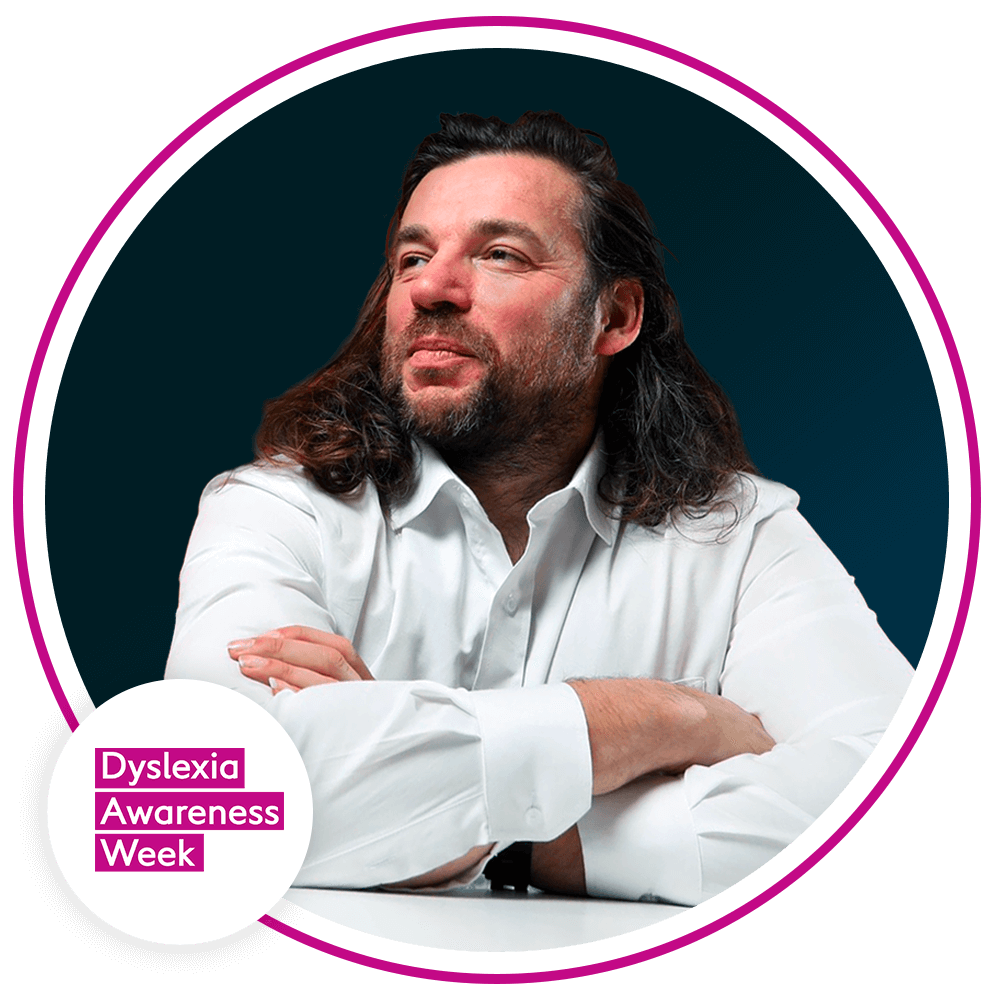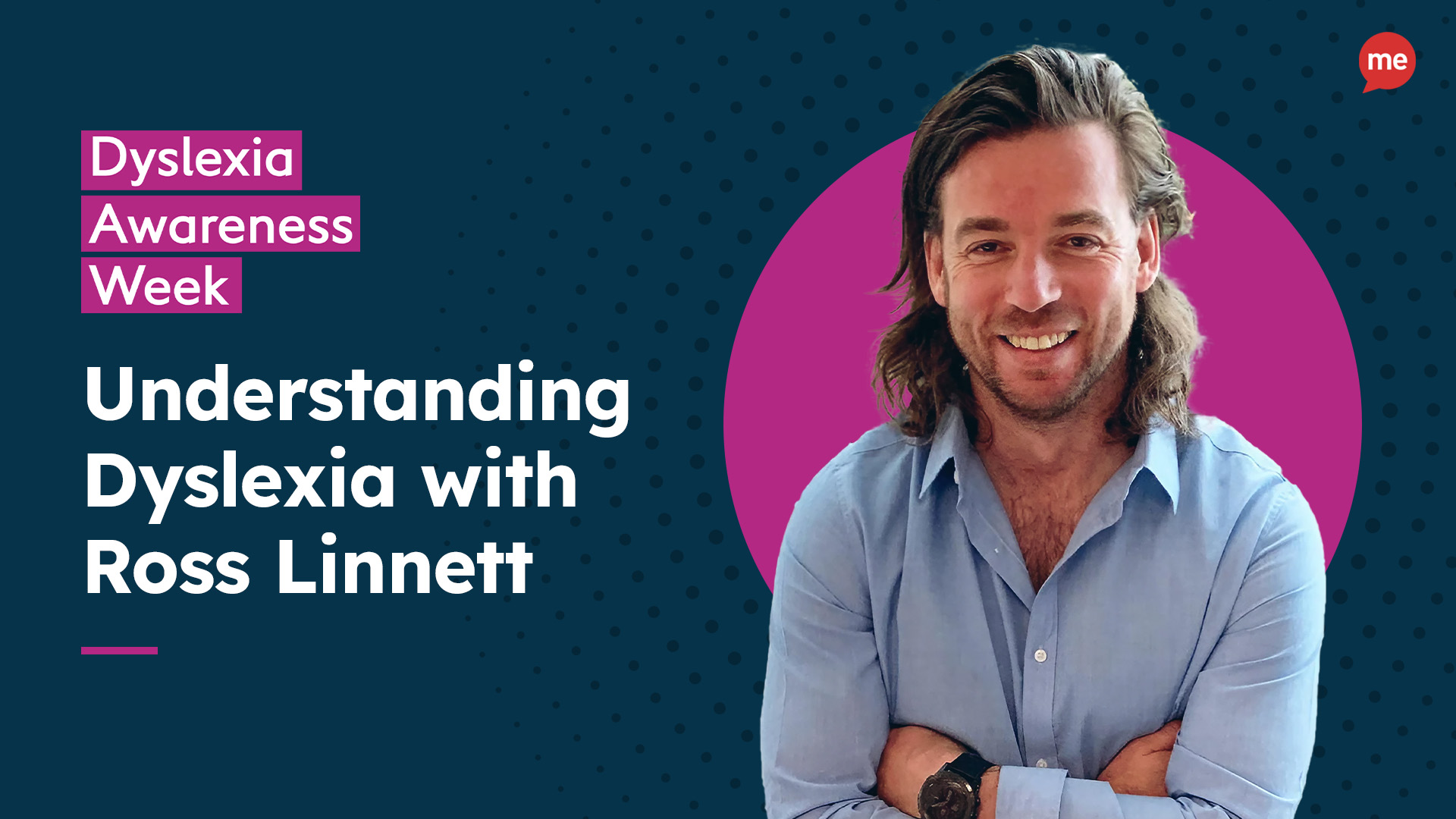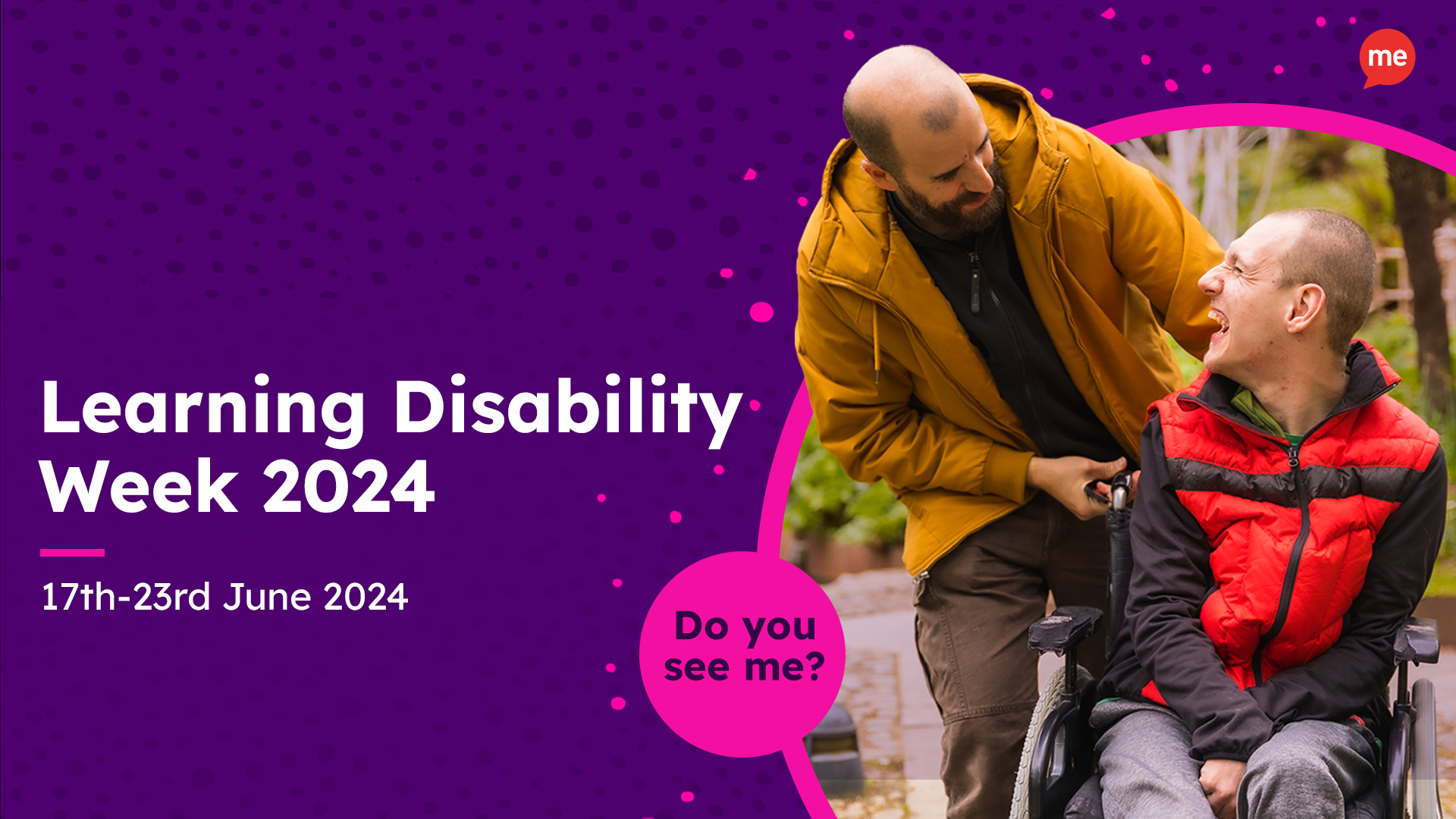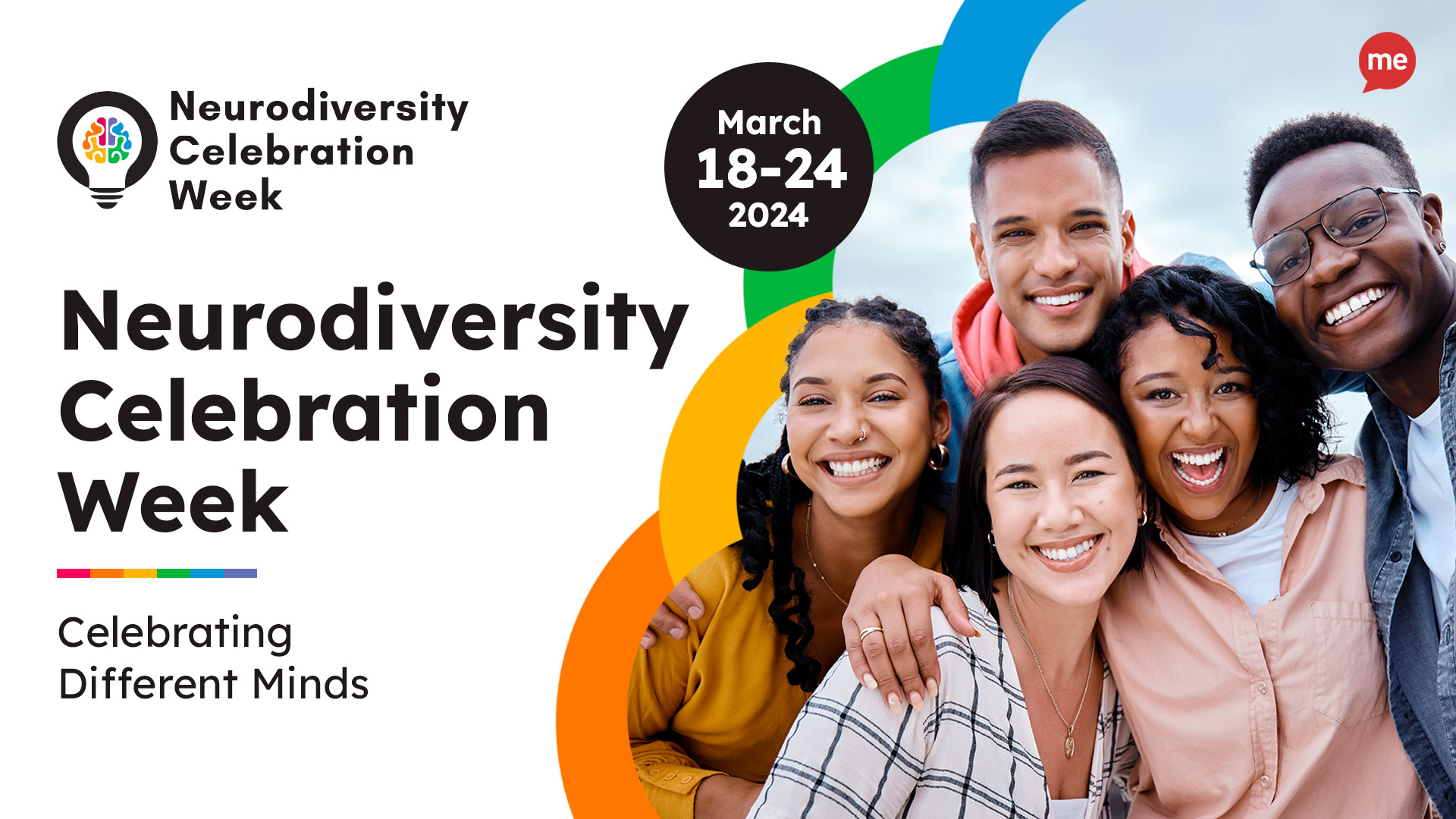Get Your Free Accessibility & Inclusion Toolkit
Download NowIt’s Dyslexia Awareness Week, and to mark the occasion, we sat down with Ross Linnett, our Founder and CEO, to hear his story. Ross wasn’t diagnosed with dyslexia until after university, but it’s been a defining part of his journey – shaping how he thinks, works, and leads. In this Q&A, he shares how dyslexia has driven his creativity and resilience, the lessons it’s taught him about overcoming challenges, and why inclusive workplaces and dyslexia-friendly digital experiences are so important.
1. Can you tell us a bit about your journey and how dyslexia has shaped your career?
I wasn’t diagnosed with dyslexia until after university. I was giving a presentation and was writing some notes down on paper when a colleague commented that I was displaying all the signs of dyslexia. This was the push I needed to get formally assessed and low and behold, they were right!

This was a turning point for me. It explained why certain tasks always felt harder than they seemed for others. At the same time, it gave me clarity on why I naturally approached problems differently and thrived in areas like creative thinking and strategy.
Dyslexia has shaped my career by pushing me to find alternative routes to solutions, and ultimately, it was the driving force behind founding Recite Me. I wanted to build technology that removed barriers, not just for me, but for anyone who experiences challenges with reading, writing, or navigating digital content.
2. Are there particular strengths or skills you feel dyslexia has given you that have helped professionally?
Absolutely. Dyslexia has taught me to think differently and find creative workarounds, and that mindset has been a huge part of building and growing Recite Me. It helps me see opportunities others might miss and approach problems in ways that aren’t always obvious. It’s also given me resilience – having to adapt throughout school and my career means you learn to keep going and find new ways forward, which has been invaluable in leadership and innovation.
I’ve also seen that this isn’t just my story. At least one in three UK entrepreneurs is dyslexic, and research from Made By Dyslexia shows they contribute over £4.6 billion to the economy each year while supporting more than 60,000 jobs. It just goes to show that dyslexia isn’t a limitation, it can be a real strength.
3. How can organisations create more inclusive environments for neurodiverse colleagues, especially those with dyslexia?
It really starts with awareness and understanding. Too often, dyslexia is seen only as a challenge, when in reality it can bring unique strengths. From my own experience, having the right tools and a bit of flexibility can make a huge difference, whether that’s assistive technology, different ways to share information, or simply recognising that people process things differently.
For example, changing colours to yellow and black really helps me personally, but several colleagues on the Recite Me team who have dyslexia don’t find that adjustment helpful at all. The key is not to assume everyone experiences dyslexia the same way and to create a culture where people feel comfortable sharing what works for them. When people feel supported and understood, they can truly do their best work.
4. How important is it for websites and digital platforms to consider dyslexia-friendly design?
It’s absolutely vital. The digital world is how we access information, services, and opportunities. If content isn’t designed with dyslexia in mind, it can exclude a huge portion of the population. Accessibility isn’t a “nice to have”, it’s essential. It can make the difference between someone being able to engage with your content or turning away in frustration.
5. What are some simple changes that companies can make to make their content more accessible to people with dyslexia?
There are plenty of quick wins. Use plain, straightforward language rather than jargon. Break up large blocks of text with headings and spacing. Choose dyslexia-friendly fonts and avoid italics or underlining. Make sure there’s a good colour contrast between text and background. And importantly, give people the ability to customise their experience – whether that’s changing colours, adjusting text size, or having text read aloud. That’s exactly what our Recite Me toolbar provides.
6. What’s one thing you wish more people understood about dyslexia?
That it’s not a measure of intelligence. Dyslexia doesn’t mean someone is less capable, it simply means their brain works differently. With the right support, people with dyslexia can excel in any field. In fact, many of the most creative, innovative, and successful people are dyslexic. It’s time we stop focusing on what people can’t do, and instead value the unique strengths they bring.
Discover fonts designed to make reading easier for people with dyslexia. The right font can greatly improve readability and comprehension, ensure your content is accessible to everyone with our font guide.
